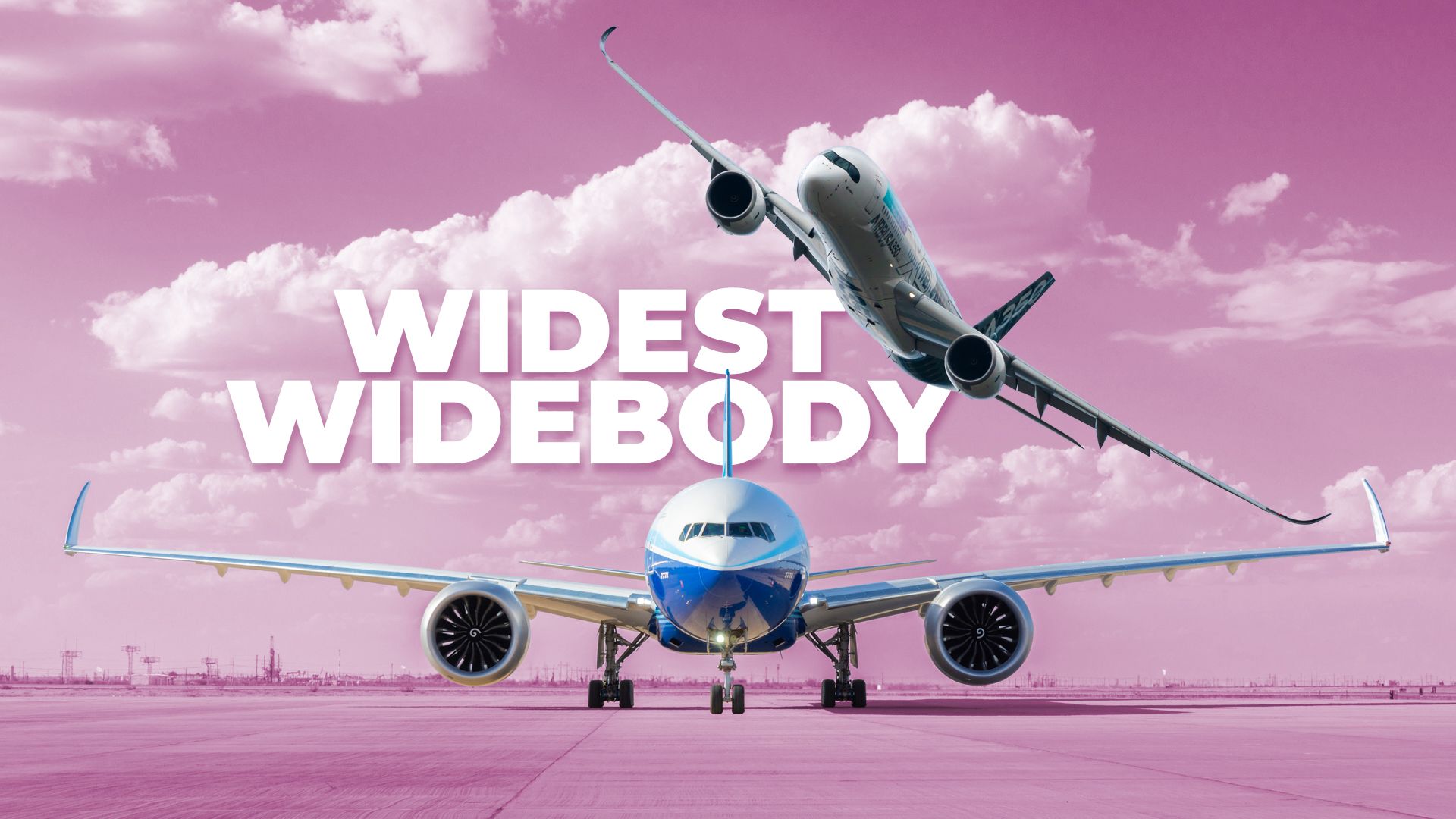Boeing has regained the title of ‘Xtra Widebody’ with its latest 777X aircraft, positioning itself as a strong competitor against Airbus’s A350. The 777X features a wider cabin, advanced technology, and modern design, making it an attractive option for airlines and passengers alike. With over 350 orders already placed by major carriers such as Emirates, Lufthansa, and Qatar Airways, Boeing is redefining comfort and efficiency in long-haul travel.
Redefining Cabin Space
In the competitive landscape of widebody aircraft, cabin width plays a crucial role. The Boeing 777X boasts a cabin that is four inches wider than the 777-300ER, which was already recognized for its spaciousness. This increase allows for greater flexibility in seating configurations, whether it be wider economy seats or more generous premium layouts. For passengers, this translates into less shoulder contact and easier access to the aisles, enhancing comfort on long flights that can extend to 17 hours.
Airbus had previously positioned the A350 as the leader in spacious twin-jet travel with its XWB branding. With over 570 A350 aircraft delivered to more than 40 airlines worldwide, it has established a significant presence in the market. However, the introduction of the 777X signals a shift in dynamics, as Boeing enhances its offerings and broadens its appeal.
Innovative Passenger Experience
Boeing recognized that width alone would not secure its victory in the widebody market. To further improve the passenger experience, the company collaborated with the design consultancy Teague to create a cabin that minimizes stress and enhances comfort. The 777X introduces larger windows, which provide more natural light and improve mood, as well as innovative LED lighting systems that adjust to different phases of daylight. These elements work in tandem to help passengers acclimate to new time zones, reducing the effects of jet lag.
The 777X’s cabin features include an overhead storage redesign that allows each passenger to store a standard roller bag, addressing a common frustration during boarding. According to Boeing’s cabin mock-ups reported by Business Insider, each overhead bin can accommodate up to four bags per compartment, significantly increasing storage capacity compared to previous models.
Boeing’s commitment to passenger comfort is evident in its attention to detail. The aircraft’s design allows for wider aisles and improved seating arrangements, which can enhance the overall travel experience for passengers. With the ability to accommodate 10-abreast seating more comfortably, the 777X provides airlines with an opportunity to market it as equally, if not more, comfortable than the A350.
The competition between Boeing and Airbus is not merely about technical specifications; it reflects a broader shift towards prioritizing passenger comfort in aircraft design. As airlines strive to offer superior travel experiences, the focus on cabin aesthetics, noise reduction, and thoughtful amenities becomes paramount.
In this evolving market, the success of the 777X highlights that small design changes can have a significant impact on passenger perception. As both manufacturers continue to innovate, passengers stand to benefit from improved cabin environments, more space, and enhanced comfort features.
The rivalry between Boeing and Airbus is likely to spur further advancements in widebody aircraft design, ensuring that the future of air travel is not only economically viable but also increasingly passenger-friendly.
